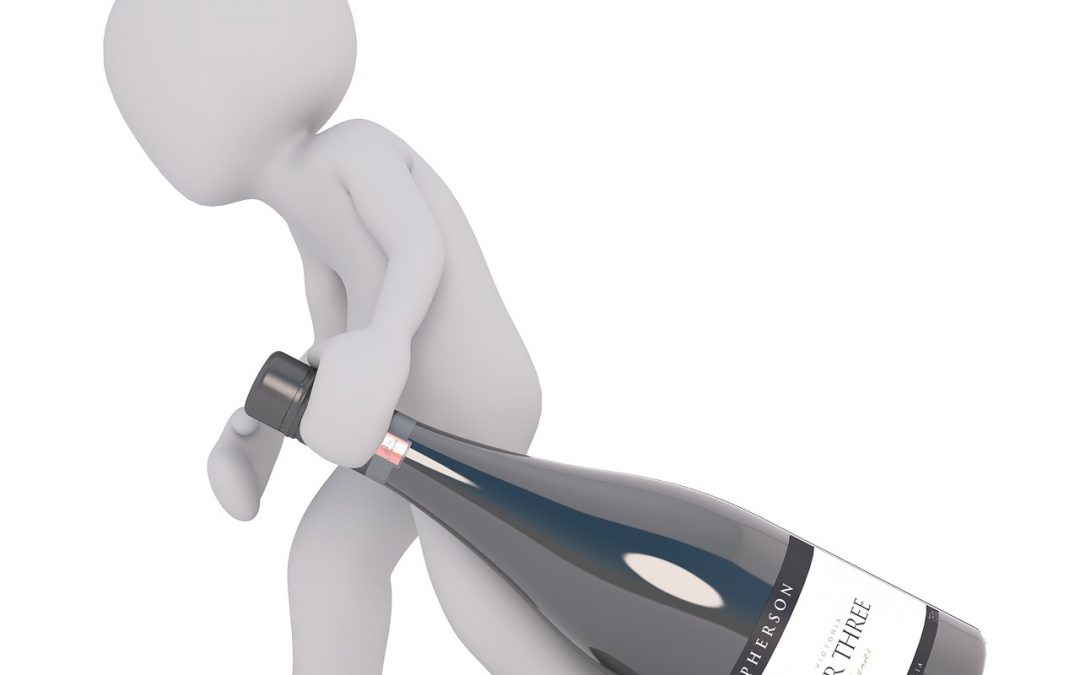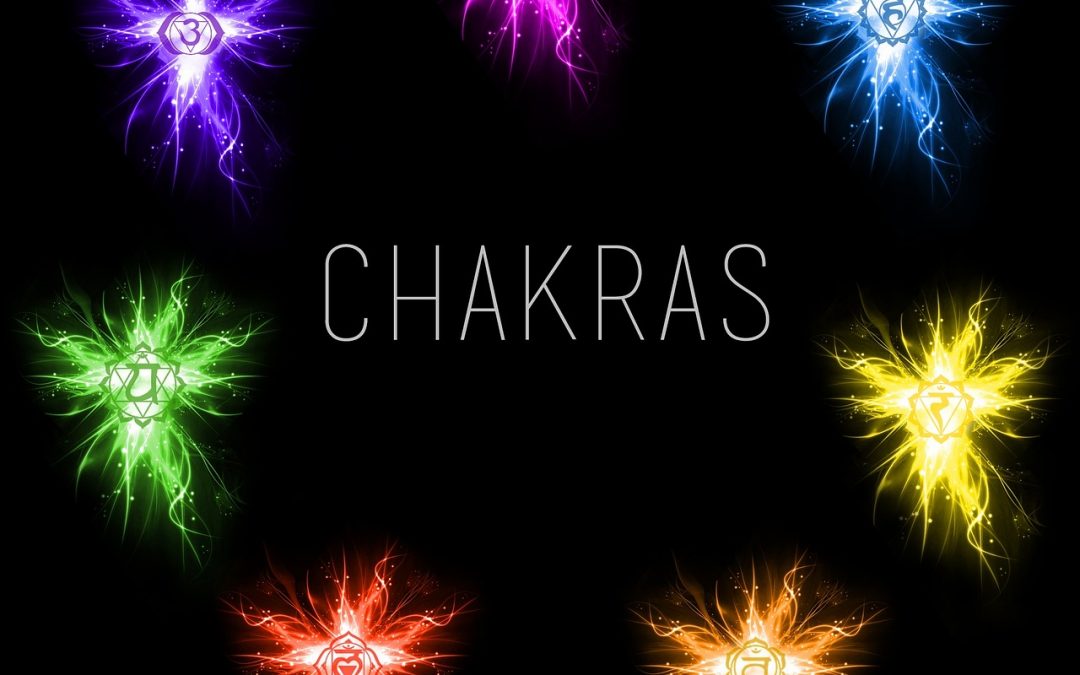
Gone to the Birds
Here on the West Coast, we are blessed with such a variety of flying, feathered friends. It’s hard not to notice the many birds coming out of hiding, so to speak, in response to the warm spring weather we’ve been experiencing lately. With the awe and amazement generated by their presence and actions, I turned to Ted Andrews for some information and explanations. Here are a few ideas from his book, Animal-Speak: The Spiritual & Magical Powers of Creatures Great & Small .
“Birds are the primary symbols for the Initiation of Air. This initiation reflects a period in which you begin to open to higher knowledge and wisdom, with an increased ability and opportunity to use it to raise yourself up. The Initiation of Air is the learning to open more fully to Divine ideas, ideas that link normal consciousness to the universal. It speaks of opportunity to develop and manifest the highest forms of intuition. If left undeveloped, it will manifest in lower forms of psychism. The Initiation to Air is the opening to realms beyond physical time and space.
Through this Initiation you learn to understand and control the workings of the mind. This understanding does not come through a mere collection of knowledge. It is understanding based on higher wisdom and sensitivity, found in transmuting psychic perceptions into spiritual intuition.
Air is what separates Heaven and Earth. It is the realm of birds, who move easily between both. Air and birds are thus a link between your own spirituality and your physical consciousness.
Air in motion is a force. It is the wind. This wind and the ability to fly and soar upon it resides within the mind. Birds reflect the archetypal energies most actively playing upon the mind, while also reminding you to learn to ride those winds. They remind you that you can fly if you learn to use your own wings, your inspiration, creativity and your intuition.”
Further in his book, he lists some of the symbolic qualities of birds. Here are a few of his birds as examples to consider:
Canary – Healing power of sound, heightened sensitivity
Chickadee – Sacred number is 7, seeker of truth & knowledge
Crow – Intelligence, watchfulness, magical, past-life connections
Duck – Maternal, graceful and comforting, protective
Hawks – Primal life force, fulfillment, spring and fall equinoxes
Owl – Silent wisdom, nocturnal vision, healing powers, the mystery of magic
Swan – Sensitive, emotional, dreamer and mystic, longevity
Here is hoping that you find the time to enjoy moments with our feathered friends.
They are truly a connection to the Heavens.
Did you know ...
- The Sacral Chakra is associated with the colour Orange, the musical note D and the qualities of creativity, sexuality, enthusiasm, pure joy
- The Heart Chakra is associated with the colours Green and Pink, the musical note F and the qualities of unconditional love, forgiveness, transformation and healing
- Air Element is associated with crystals such as fluorite, labradorite, lapis lazuli and celestite





Recent Comments